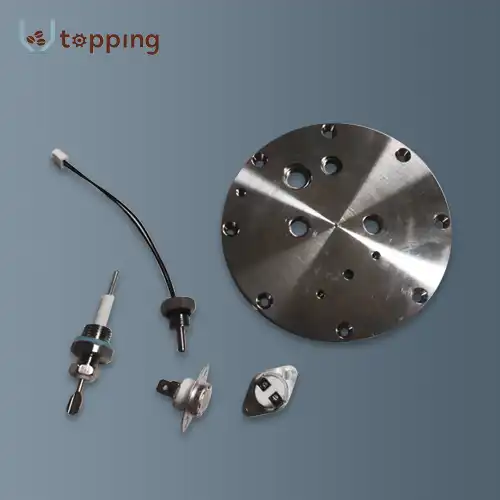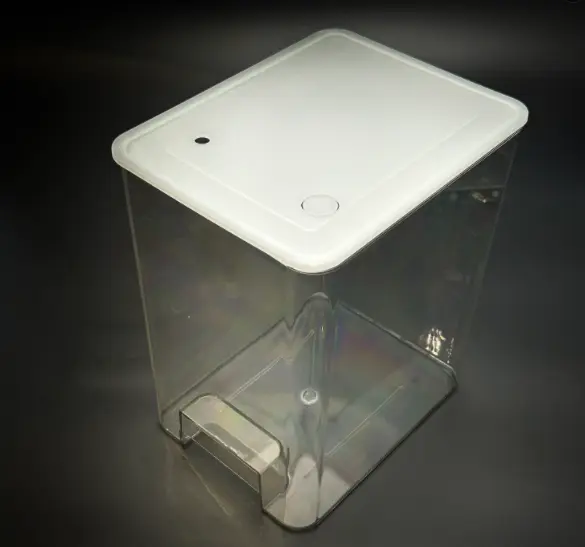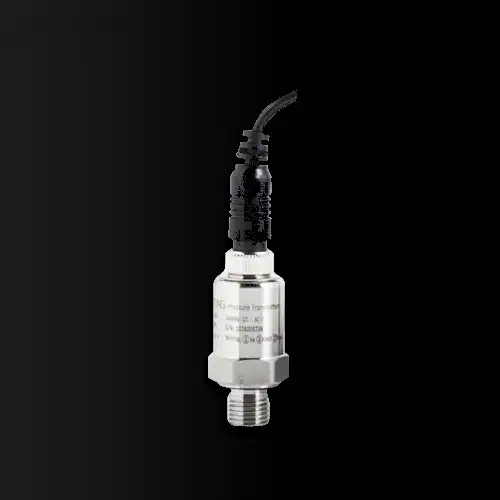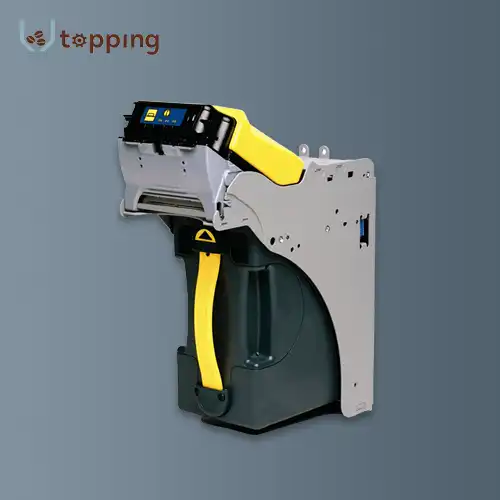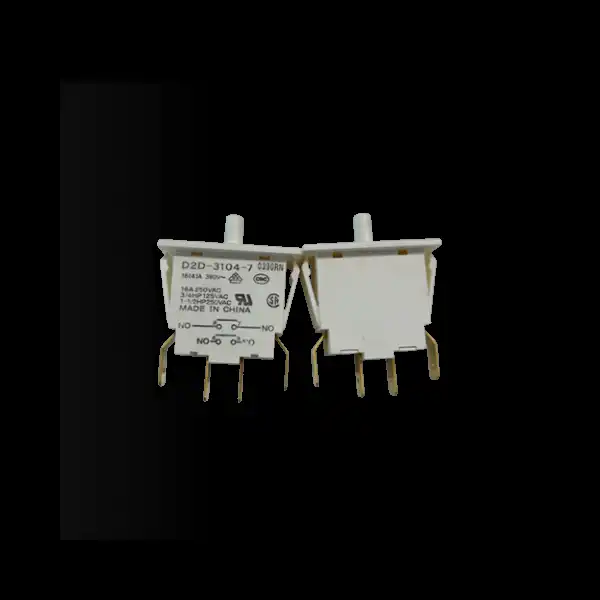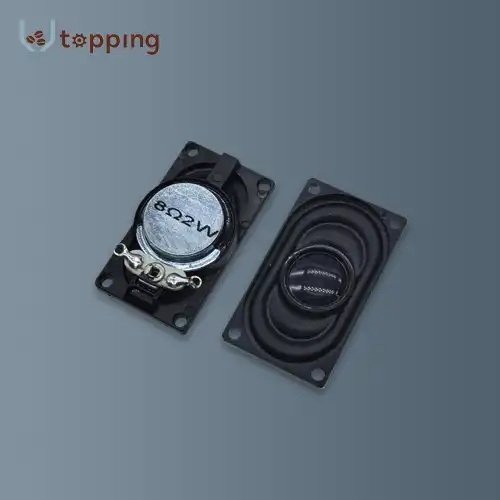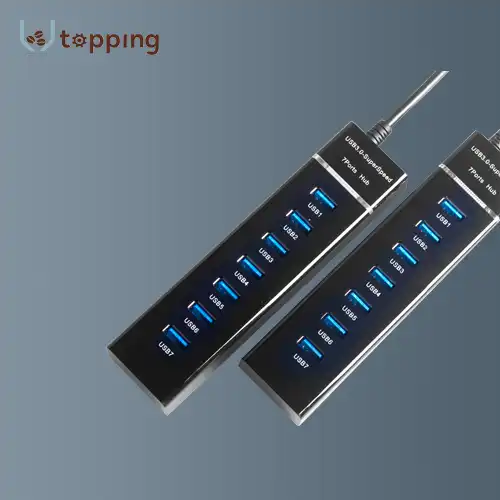Do coffee vending machines need a Water Tank?
2024-10-16 15:41:33
Can you imagine a vending coffee machine without a water tank? As we delve deeper into the intricate world of coffee vending machines, this is a question that merits investigation, even though it may initially appear to be baffling. These automated baristas, which provide convenience and a quick fix of caffeine, have spread to airports, offices, and other public areas. In any case, how would they work, and all the more critically, is a water tank a fundamental part?
To understand the role of water tanks in vending coffee machines, we first need to grasp the basic working principle of these marvels of modern convenience. At their core, vending coffee machines are designed to automatically prepare and dispense coffee-based beverages at the push of a button. They typically contain compartments for coffee beans or grounds, milk (for machines that offer cappuccinos or lattes), and of course, water. The machine grinds the beans (if using whole beans), heats the water, and combines these elements to create the desired drink.
The water tank, in this process, serves as the primary reservoir for the most crucial ingredient in any coffee beverage - water. It's the unsung hero that the vending coffee machine water tank ensures a steady supply of water is available whenever a customer craves their caffeine fix. But is it necessary? Let's dive deeper into the function of water tanks to answer this question.
Function Of The Water Tank
The vending coffee machine water tank assumes an essential part that goes past straightforward stockpiling. Its primary function is to store enough water to serve multiple customers without having to refill it frequently. In areas with a lot of foot traffic, where the machine might be used dozens or even hundreds of times per day, this is especially important.
In any case, capacity is just the beginning. The water tank is also an important first step in the water treatment process. Filtration systems are directly incorporated into the tanks of many modern vending machines. These frameworks help get rid of chlorine, contaminations, and other foreign substances that could change the flavor of the espresso or hurt the parts inside the machine.
Additionally, the water tank frequently collaborates with a heating element. A few machines pre-heat the water in the tank, guaranteeing that it's at the ideal temperature for espresso extraction when a client puts in a request. This component fundamentally decreases stand-by times and guarantees predictable quality across drinks.
One more basic capability of the water tank is to manage water pressure. The tank, frequently situated at a level inside the machine, utilizes gravity to make steady water pressure. This is fundamental for vending coffee machine, as conflicting strain can prompt under-separated (feeble) or over-extricated (severe) espresso.
Given these critical capabilities, it could appear to be that a water tank is crucial. However, this idea is being challenged by some contemporary vending machines. Tankless coffee vending machines are the result of developments in plumbing and water delivery systems.
These tankless frameworks interface straightforwardly to a water line, wiping out the requirement for a conventional stockpiling tank. They make use of on-demand water heaters to quickly bring the water up to the right temperature whenever it is needed. This method has its advantages, including possibly cleaner water and less upkeep (no need to clean a tank), but it also has drawbacks. These include the requirement of a dependable water connection, the possibility of issues with the consistency of the water pressure, and the inability to operate in locations that do not have a direct water line.
Regardless of these advancements, by far most coffee vending machines depend on water tanks. The unwavering quality, flexibility, and demonstrated adequacy of tank-based frameworks make vending coffee machine water tanks the favored decision for most makers and administrators. Water tanks make it possible to put vending machines in more places, protect them from short-term interruptions in the supply of water, and give you more control over the temperature and quality of the water.
Generally, while it's conceivable to plan a coffee vending machine without a customary water tank, the upsides of including one frequently offset the likely advantages of discarding it. The water tank plays a significant part in guaranteeing the predictable quality, dependability, and flexibility that customers anticipate from their vending machine coffee experience.

Vending Coffee Machine Water Tank Manufacturers
It is essential to select a reputable manufacturer when selecting a coffee vending machine's water tank. Topping Motor, a company with more than a decade of experience manufacturing vending coffee machine water tanks, is one such manufacturer.
Topping Motor offers a scope of water tanks intended to address different issues and details. Their product offering incorporates the Water tank sx1, which is suitable for smaller vending machines or those with lower usage rates. They offer the Water tank sx2, which strikes a balance between capacity and space efficiency, for medium-sized businesses. Their largest model, the Water tank sx3, is intended for high-volume locations where frequent refilling is impractical.
Every one of these models is designed considering sturdiness and cleanliness, utilizing food-grade materials that are not difficult to clean and keep up with. They additionally consolidate highlights like level sensors to alarm administrators while topping off is essential, and a few models incorporate implicit filtration frameworks to guarantee water quality.
Topping Engine's expertise in this field goes with them a solid decision for vending machine manufacturers and administrators searching for quality parts. They can produce tanks that not only effectively store water but also contribute to the machine's overall efficiency and performance because they are aware of the particular requirements of coffee vending machines.
For those on the lookout for a vending coffee machine water tank, Topping Motor invites requests at sales@huan-tai.org. Their staff can provide in-depth information about their products and assist in selecting the best tank for each vending machine.
In conclusion, although it is theoretically possible to design a coffee vending machine without a water tank, including one has significant practical advantages. Water tanks give dependability, and adaptability in machine position, and add to predictable drink quality. As innovation keeps on advancing, we might see more developments in water conveyance frameworks for vending machines. Nonetheless, for the time being, the water tank stays a fundamental and significant part in by far most of coffee vending machines, guaranteeing that your next cup of distributed espresso is similarly as fulfilling as the last.
References
1. National Automatic Merchandising Association. (2024). "The State of the Coffee Vending Industry."
2. Journal of Food Engineering. (2023). "Water Quality and Its Impact on Vended Coffee Taste."
3. Vending Times. (2024). "Innovations in Coffee Vending Machine Design."
4. International Journal of Food Science & Technology. (2022). "Comparative Study of Tanked vs. Tankless Coffee Vending Systems."
5. European Vending Association. (2023). "Best Practices in Vending Machine Maintenance."
6. Coffee Science Foundation. (2024). "Water Chemistry and Coffee Extraction in Automated Systems."
Send Inquiry
Related Industry Knowledge
- How do you clean a coffee sieve?
- What Role Does Boiler Material Play in Coffee Taste?
- What is the Brewing pressure of the coffee brewing Unit?
- What is a coffee brewing Unit Dimension ?
- Do vending machines have cameras
- How to evaluate the performance and stability of the Control Board For Vending Machine?
- How Does Coffee Vending Machine Ingredient Canisters Design Affect Coffee Flavor?
- What is a mini PCIe used for
- How do you ensure the stability and durability of the vending machine board?
- Vending machine board repair service

